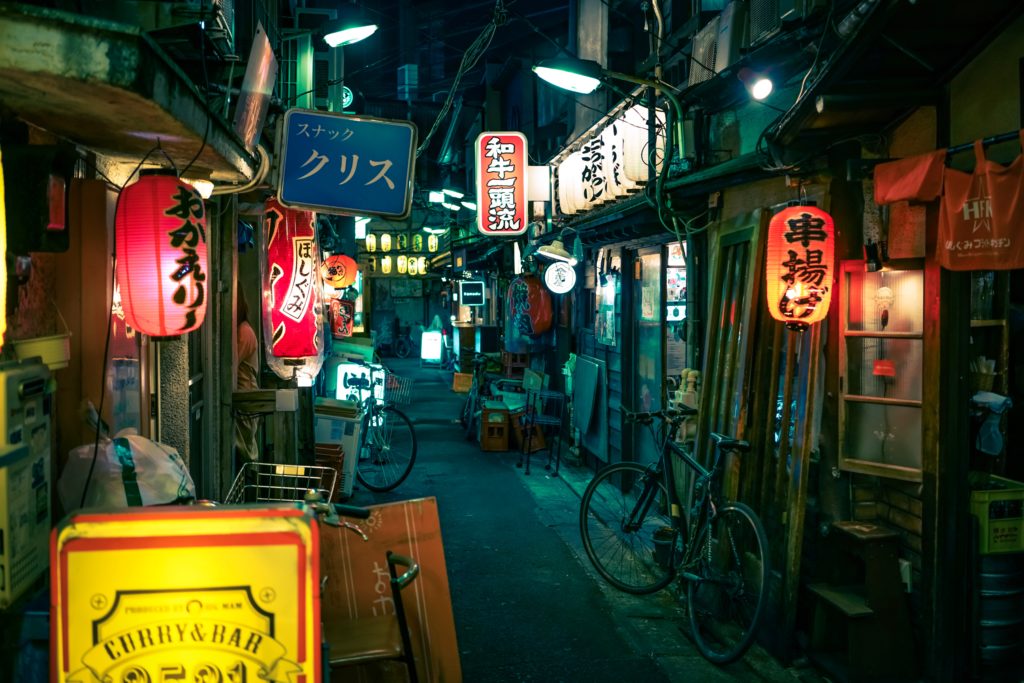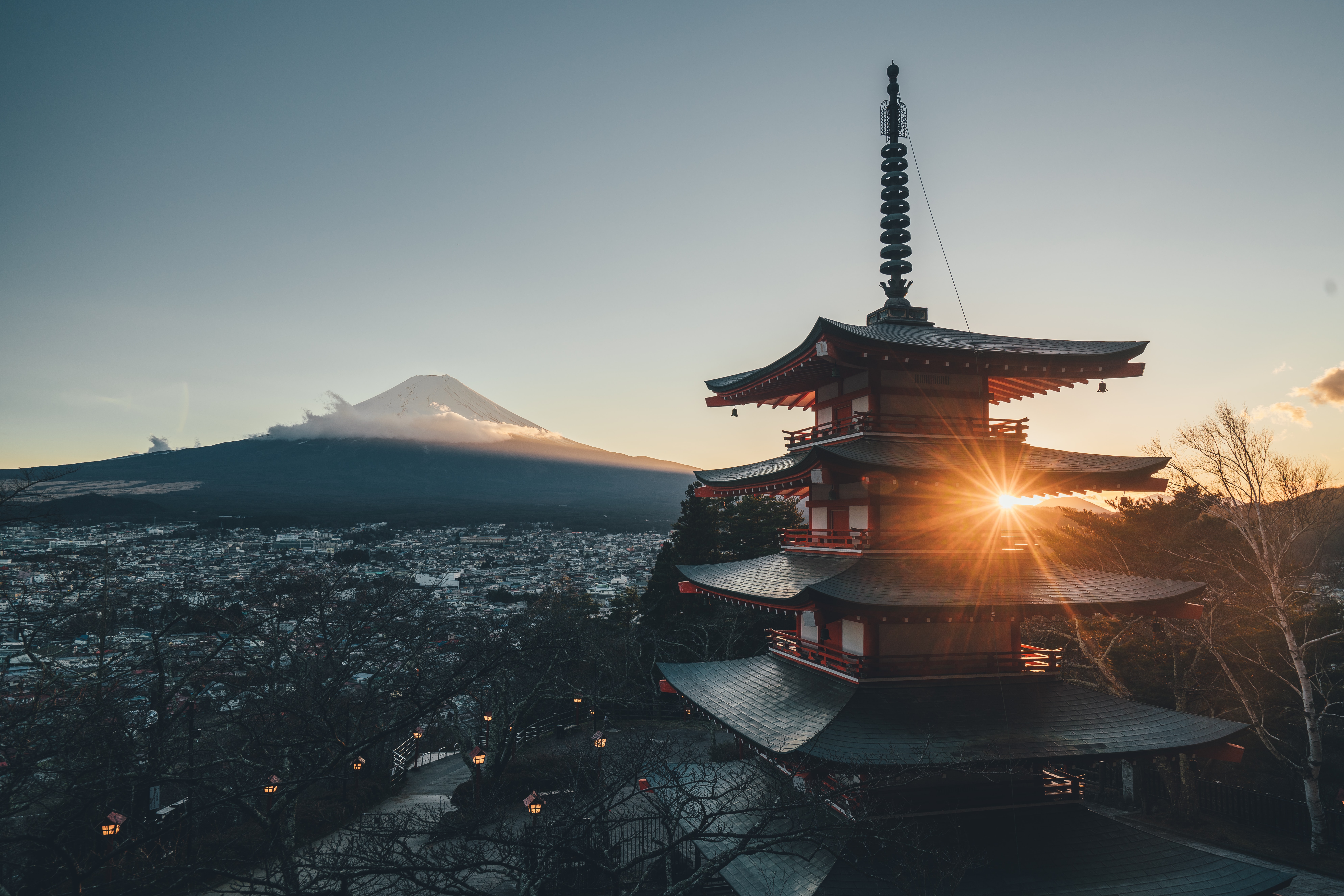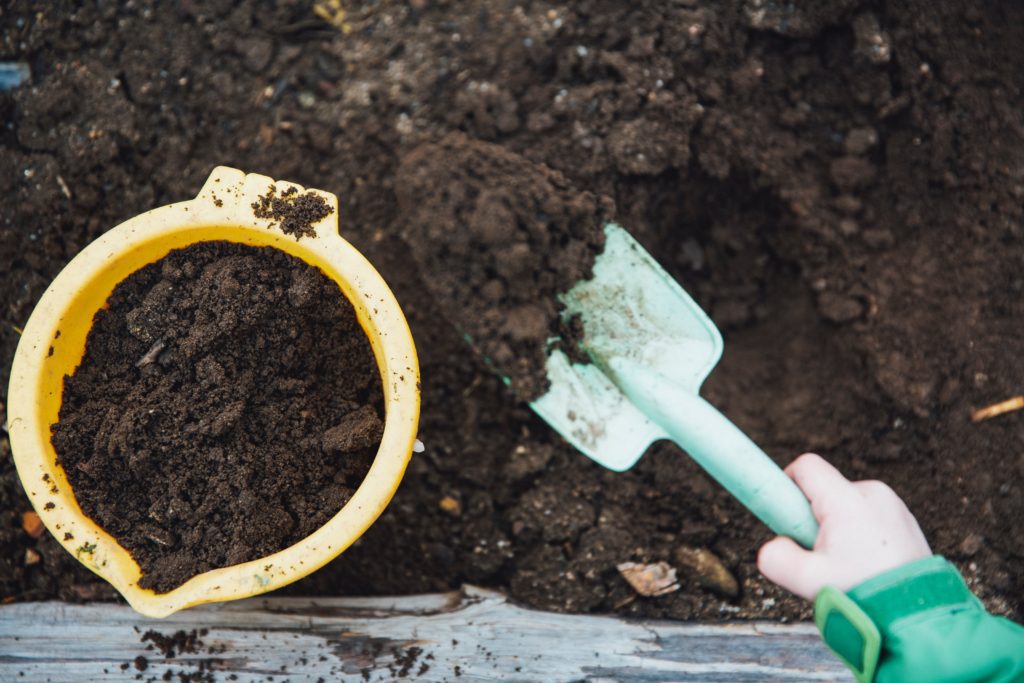By Iric Hong
Edited by Natalie Grace Sipula
[4-minute read]
Growing up in a working-class family, long-distance travel was more often than not a luxury that was far out of my family’s reach. With the cost of providing kids a fruitful and fun childhood increasing by the day, it becomes exponentially harder to allow children to experience all that the world has to offer. Without a doubt, however, I will have to admit that those of us that had the opportunity to call Southern California our home for most of our life had it a fair bit better than others, as this home is also home to many other cultures hailing from different places around the globe. As a child, I was able to experience a variety of cultures that, in some shape or form, shaped Southern California in ways that I could only imagine.

Despite this fact, I was not really prepared for what I was about to witness during my first long-distance flight (that I can actually remember) during the summer of 2016. My family and I were on our way to Japan and Hong Kong and to say my current state of emotions at that time was simply excited would be an extreme understatement. I was unsure of what to expect when I got to Japan. Therefore, I landed preparing myself to be amazed by the culture and the people. And, to be frank, I was not disappointed.
Although I did not have many interactions with Japanese people outside of asking for help finding directions, they were all very helpful in trying to help us find our way despite the language barrier. But the most impressive thing I encountered on my trip existed elsewhere in Japanese society. The integration of man and nature in the design of the cities was absolutely awe-inspiring. You could be traversing Tokyo’s or Kyoto’s main streets during one moment and the next, you are exploring a vast forest leading to one of many shrines that populate the Japanese landscape. It felt so surreal that society could establish such a fluid connection between man and nature in the middle of such a well-developed city. I, for one, have never seen anything like it in cities across America, including the likes of LA, Seattle, New York, Atlanta, and Orlando. It was especially exciting to witness such a feat as I have always been quite the environmentalist myself. At the end of the Japan leg of my trip, I felt that my experiences were well above and beyond my initial expectations.

As for Hong Kong, I knew in some sense what to expect and what to look forward to as my great-uncle lives there with his family. Additionally, I have always loved Hong Kong despite the fact that I had not been there in a long time, because Hong Kong is one of the few places where nearly everyone speaks my first language, Cantonese (although I am not great at it myself). Coming from beautiful and innovative Japan to Hong Kong, the bar for awesomeness was not low, but I felt that Hong Kong, in many ways, replicated the same elements of awe in their society. With the geographical location and terrain of Hong Kong, it is no simple task to establish a vibrant community, much less a metropolis, and yet it was done. It was done in a way that didn’t seem intrusive of the natural landscape, with many large patches of woods still persisting around the city itself.
After leaving Hong Kong, I was left thinking about how different the lifestyles are between that of America and that of Hong Kong and Japan. To say the least, it was very different in many aspects; saying it in such simplified terms still feels like an understatement. At the end of the day, to truly understand what others put into words and what they have experienced, you must experience the real thing for yourself!
Featured Image by Tianshu Liu on Unsplash
Iric is a recent USC graduate that majored in Electrical Engineering. His career inspiration from a very young age was on-screen robotics like Iron-Man and Gundam. He hopes to work in the aerospace industry, as that industry resembles what he wants to strive for the most. He likes to play tennis, play video games, and watch movies in his spare time.





